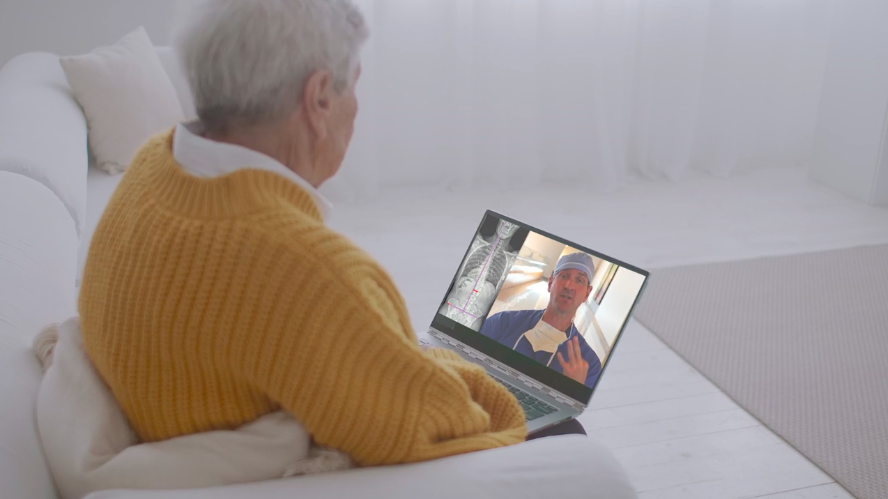
It's time to eliminate your scoliosis pain. Without surgery or injections.
Here at NSC, we’re not just helping people avoid surgeries.
We’re helping people with scoliosis feel whole again.
The Scoliosis Solution® is the #1 exercise-based solution for eliminating scoliosis pain.
“Your program has allowed me to have many days a week with zero pain medication.
This feels like a miracle.”
-Jennifer J.
Our members report an average pain decrease of 31% in three months.
14% of our members report that our non-surgical methods are helping them avoid surgery.
Join Our Free Masterclass
Discover the three secrets that over 25,000 scoliosis patients have used to eliminate their pain from scoliosis without expensive therapies or surgery.
Our Programs
Contact
support@nationalscoliosisclinic.com
Reach out to us with any questions, comments, or feedback—your voice matters to us!








